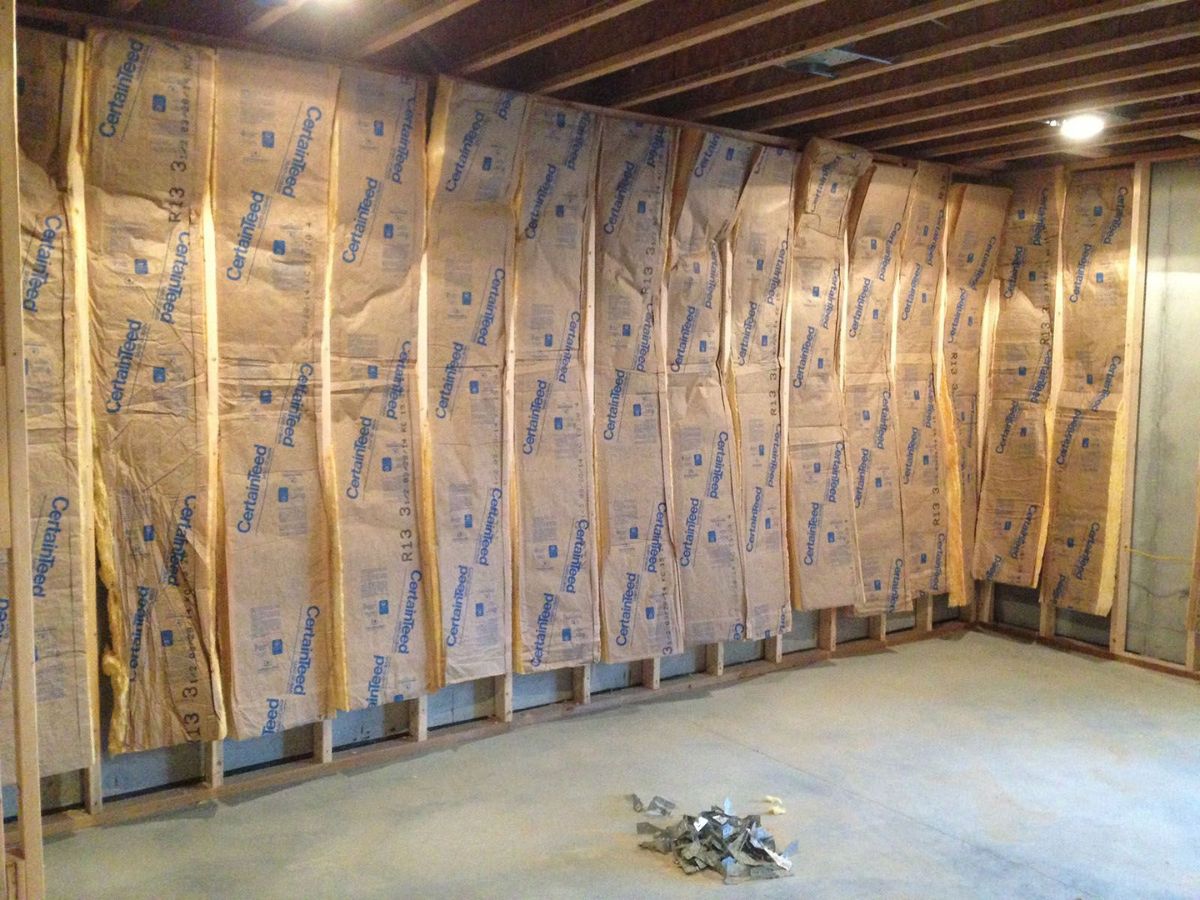

Articles
What Type Of Insulation For Walls
Modified: January 8, 2024
Looking for articles on what type of insulation is best for walls? Get expert advice and find the right insulation solution for your home.
(Many of the links in this article redirect to a specific reviewed product. Your purchase of these products through affiliate links helps to generate commission for Storables.com, at no extra cost. Learn more)
Introduction
Insulating the walls of your home is an essential step in creating a comfortable and energy-efficient living environment. By providing a barrier against heat transfer, wall insulation helps to maintain a consistent indoor temperature, reduce energy consumption, and lower heating and cooling costs. In addition to its practical benefits, wall insulation also contributes to soundproofing, moisture control, and improved overall building durability.
When it comes to choosing the right type of insulation for your walls, there are several factors to consider. The climate in your region, the age and structure of your home, and your budget are all important considerations in determining the most suitable insulation material. In this article, we will explore the various types of insulation available for walls, their features, advantages, and installation processes, helping you make an informed decision for your specific needs.
Whether you are constructing a new home or looking to upgrade your existing insulation, understanding the different options available will enable you to make an educated choice that maximizes energy efficiency and comfort. By insulating your walls effectively, you can create a more sustainable and comfortable living space while also reducing your environmental impact.
So, let’s dive into the fascinating world of wall insulation and discover the materials that can help transform your home into an energy-efficient haven.
Key Takeaways:
- Proper wall insulation offers energy efficiency, cost savings, comfort, and environmental impact. It also contributes to noise reduction, moisture control, and long-term home value.
- Factors to consider when choosing insulation include climate, building structure, cost, allergies, installation method, fire safety, and eco-friendliness. Each material has unique benefits and considerations.
Read more: What Type Of Insulation For Basement Walls
Importance of Insulating Walls
Insulating your walls is a vital component of creating an energy-efficient home. Here are some of the key reasons why wall insulation is important:
- Energy Efficiency: Insulating your walls helps to reduce heat transfer, keeping your home cooler in the summer and warmer in the winter. This means that your HVAC system doesn’t have to work as hard to maintain a comfortable temperature, resulting in lower energy consumption and reduced utility bills.
- Cost Savings: By preventing heat loss or gain through the walls, insulation can save you a significant amount of money on heating and cooling costs over time. The initial cost of insulating your walls is easily outweighed by the long-term savings you will enjoy.
- Comfort: Insulation acts as a barrier against outdoor temperature fluctuations, providing a more consistent and comfortable indoor environment. It helps to eliminate drafts and cold spots, making your home cozy and inviting.
- Noise Reduction: Insulation absorbs sound and reduces the transmission of noise, making your home quieter and more peaceful. This is particularly beneficial if you live in a busy neighborhood or near a noisy road.
- Moisture Control: Quality wall insulation can help prevent the infiltration of moisture, which can lead to mold and mildew growth. By creating a moisture-resistant barrier, insulation contributes to a healthier indoor environment.
- Environmental Impact: Insulating your walls reduces your carbon footprint by lowering energy consumption. By conserving energy, you are contributing to a more sustainable future and helping to protect the environment.
- Long-Term Investment: Installing insulation in your walls is a long-term investment in your home. It increases the overall value of your property and enhances its market appeal should you decide to sell in the future.
Considering the numerous benefits of wall insulation, it is evident that insulating your walls is a crucial step towards achieving energy efficiency, comfort, and sustainability within your home. By investing in proper insulation, you can enjoy a more comfortable living space, lower energy bills, and contribute to a greener planet.
Factors to Consider When Choosing Insulation for Walls
Choosing the right insulation for your walls requires careful consideration of several factors. To ensure that you make an informed decision, here are some key factors to keep in mind:
- Climate: The climate in which you reside plays a significant role in determining the most effective type of insulation for your walls. If you live in a colder climate, you will need insulation with a higher R-value to provide better thermal resistance. In warmer climates, insulation that helps to prevent heat gain is essential.
- Building Structure: The structure of your home, including the type of walls, their thickness, and any existing insulation, will impact your choice of insulation. Different insulation materials are suited for different wall types – such as studs, concrete, or masonry walls – so it’s important to consider these factors when making your selection.
- Cost: Budget is an important consideration for many homeowners. While some insulation materials may have a higher upfront cost, they may provide savings in the long run due to increased energy efficiency. Consider your budget and assess the overall cost-effectiveness of different insulation options.
- Potential Allergies: If you or any family members have respiratory issues or allergies, it is important to choose insulation materials that are hypoallergenic and do not release any volatile organic compounds (VOCs) into the air.
- Installation Method: Some insulation materials require professional installation, while others can be easily installed as a DIY project. Take into account the feasibility of installation based on your skills and the availability of professionals in your area.
- Durability: Consider the durability of the insulation material you choose. Some materials, like fiberglass and rigid foam, are highly durable and have a longer lifespan, while others may require replacement or maintenance over time.
- Fire Safety: Fire resistance is an important consideration, especially when insulating walls. Look for insulation materials that have good fire retardant properties to enhance the safety of your home.
By carefully considering these factors, you can narrow down your options and choose the best insulation for your specific needs. Remember, selecting the right insulation is crucial for maximizing energy efficiency, comfort, and long-term durability of your home.
Types of Insulation Materials for Walls
When it comes to insulating your walls, there are several different types of insulation materials to choose from. Each material has unique properties and benefits. Here are some of the most common types of insulation materials used for walls:
- Fiberglass Insulation: Fiberglass insulation is made of tiny glass fibers and is one of the most popular choices for wall insulation. It is available in rolls or batts and is easy to install. Fiberglass insulation provides good thermal resistance and is cost-effective. It is non-combustible and does not promote the growth of mold or mildew.
- Cellulose Insulation: Cellulose insulation is made from recycled paper and treated with fire-retardant chemicals. It is blown into wall cavities and provides excellent thermal and sound insulation. Cellulose insulation is environmentally friendly, has good fire resistance, and can also help control moisture.
- Spray Foam Insulation: Spray foam insulation is a two-component material that is sprayed as a liquid and expands to form a solid foam. It provides excellent insulation and air sealing capabilities. Spray foam insulation fills even the smallest cracks and crevices, providing a complete thermal barrier. It offers high energy efficiency and can enhance the structural integrity of the walls.
- Rigid Foam Insulation: Rigid foam insulation panels are made from materials like polystyrene or polyisocyanurate. They come in various thicknesses and are installed by attaching them to the interior or exterior walls. Rigid foam insulation provides a high level of insulation and offers good moisture resistance. It is commonly used in new construction or as insulation for basement walls.
- Reflective Foil Insulation: Reflective foil insulation consists of layers of foil and plastic film. It reflects radiant heat and can be used in conjunction with other insulation materials. Reflective foil insulation is lightweight, easy to install, and is often used in hot climates to prevent heat gain.
Each of these insulation materials has its advantages and disadvantages, and the most suitable option will depend on your specific needs and circumstances. Consider factors such as insulation effectiveness, cost, ease of installation, and environmental impact when deciding which insulation material is right for your walls.
Consulting with a professional insulation contractor can also help you determine the best insulation material for your home, ensuring that you choose the most effective solution for long-lasting energy efficiency and comfort.
Fiberglass Insulation
Fiberglass insulation is one of the most commonly used and widely available types of insulation for walls. It is made of tiny glass fibers that are spun together to create an insulating material. Here are some important details about fiberglass insulation:
- Installation: Fiberglass insulation comes in rolls or batts, making it easy to handle and install. It can be cut to fit between wall studs or joists and is typically held in place with staples or friction-fit. It is important to wear protective clothing and a mask while handling fiberglass insulation to avoid any skin irritation or respiratory issues.
- Thermal Performance: Fiberglass insulation provides good thermal resistance, with an R-value usually ranging from R-11 to R-38, depending on the thickness and density. Higher R-values provide better insulation and energy efficiency. Insulating your walls with fiberglass insulation helps to reduce heat transfer and maintain a comfortable indoor temperature.
- Fire Resistance: Fiberglass insulation is non-combustible and does not contribute to the spread of fire. It can withstand high temperatures without melting or releasing harmful gases. This fire-resistant property makes fiberglass insulation a safe choice for wall insulation.
- Sound Absorption: In addition to its thermal benefits, fiberglass insulation also offers sound absorption properties. It helps to reduce noise transmission and improve the acoustic performance of your home. Insulating your walls with fiberglass can create a quieter and more peaceful indoor environment.
- Mold and Moisture Resistance: Fiberglass insulation is resistant to moisture absorption, which helps to prevent the growth of mold and mildew. However, it is not completely impermeable to moisture, and any water infiltration should be addressed to maintain its effectiveness.
- Cost-Effectiveness: Fiberglass insulation is relatively affordable compared to other types of insulation materials. The cost of fiberglass insulation will vary based on factors such as thickness, density, and the area to be insulated. Properly installed fiberglass insulation can provide long-term cost savings by reducing heating and cooling expenses.
- Eco-Friendliness: Fiberglass insulation contains recycled materials and is itself recyclable. It is a sustainable choice for insulation and helps to reduce waste. Additionally, fiberglass insulation is inert and does not release any harmful chemicals into the air.
Overall, fiberglass insulation is a popular and effective choice for wall insulation. It offers good thermal performance, soundproofing capabilities, fire resistance, and affordability. However, it is important to ensure proper installation to achieve maximum insulation benefits. Consider consulting with an insulation professional to determine the most suitable thickness and density of fiberglass insulation for your walls.
Read more: What Type Of Insulation For Bathroom Walls
Cellulose Insulation
Cellulose insulation is a popular choice for wall insulation and is made from recycled paper or plant fibers, typically treated with fire-retardant chemicals. Here are some important details about cellulose insulation:
- Installation: Cellulose insulation is usually blown into wall cavities using specialized equipment. It fills the gaps and creates a dense layer of insulation. Professional installation is recommended to ensure proper coverage and effective thermal performance.
- Thermal Performance: Cellulose insulation offers excellent thermal resistance, with an R-value typically ranging from R-3.2 to R-3.8 per inch. It provides effective insulation against heat loss or gain, helping to maintain a comfortable indoor temperature year-round.
- Sound Absorption: Due to its density, cellulose insulation is also effective at reducing noise transmission. It can help minimize sound transfer between rooms and from external sources, creating a quieter living space.
- Moisture Control: Cellulose insulation has some moisture control properties, as the fibers can absorb and release moisture without losing their insulating qualities. However, excessive moisture can affect its performance and lead to mold or mildew growth, so it’s important to address any sources of moisture before installation.
- Fire Retardancy: Cellulose insulation is treated with fire-retardant chemicals to enhance its fire resistance. It slows down the spread of flames and provides an additional layer of protection. However, it is still important to follow local building codes and fire safety regulations.
- Environmental Friendliness: Cellulose insulation is an eco-friendly choice as it is made from recycled materials. The use of recycled paper reduces waste and conserves resources. Cellulose insulation also has a lower carbon footprint compared to some other insulation materials.
- Coverage and Adaptability: The blown-in method used to install cellulose insulation allows for better coverage in hard-to-reach areas and around obstructions. It conforms to irregular surfaces and fills gaps more effectively, ensuring a tight thermal barrier.
Overall, cellulose insulation offers excellent thermal and sound insulation properties, along with moisture control benefits. Its eco-friendly composition and fire-retardant treatment make it a popular choice for homeowners seeking sustainable and safe insulation options. Consider consulting with an insulation professional to assess if cellulose insulation is suitable for your walls and to ensure proper installation for optimal thermal performance.
Spray Foam Insulation
Spray foam insulation is a versatile and effective choice for wall insulation. It is a two-component material that is sprayed as a liquid and expands to form a solid foam. Here are some important details about spray foam insulation:
- Installation: Spray foam insulation requires professional installation by trained technicians. The liquid foam is sprayed onto the walls, where it expands and fills cracks, gaps, and voids. The installation process requires specialized equipment and expertise.
- Thermal Performance: Spray foam insulation provides exceptional thermal resistance and achieves high R-values, typically ranging from R-6 to R-7 per inch. The foam fills cavities completely, creating an airtight seal and preventing heat transfer. It provides excellent energy efficiency and helps maintain a consistent indoor temperature.
- Air and Moisture Barrier: Spray foam insulation acts as an effective air barrier, sealing gaps and cracks that can cause drafts and energy loss. It also provides a moisture barrier, preventing the infiltration of water vapor and reducing the risk of mold and mildew growth.
- Expansive Properties: The liquid foam expands upon application, filling voids and adhering to surfaces, ensuring a complete and seamless insulation layer. The ability to conform to irregular shapes and hard-to-reach areas makes spray foam insulation an excellent choice for insulating walls.
- Soundproofing Capability: Spray foam insulation can also contribute to soundproofing by reducing noise transmission. The dense foam absorbs and dampens sound vibrations, creating a quieter indoor environment.
- Improved Structural Integrity: Spray foam insulation can enhance the structural integrity of walls by adding rigidity and strength. It can help reduce the risk of wall movement and improve resistance to wind and impact forces.
- Longevity: Properly installed spray foam insulation can last for several decades without degrading or losing its insulation properties. It does not settle or compress over time, ensuring long-term energy efficiency and comfort.
While spray foam insulation offers numerous benefits, it is important to note that its installation must be carried out by professionals due to the specialized equipment and knowledge required. Additionally, spray foam insulation can be more expensive compared to other insulation materials. However, the energy savings, improved comfort, and potential long-term benefits of spray foam insulation often outweigh the upfront costs.
Consulting with a qualified insulation contractor is essential to assess if spray foam insulation is suitable for your walls and to ensure a proper installation that maximizes its performance and benefits.
Consider using fiberglass or foam board insulation for walls. Fiberglass is cost-effective and easy to install, while foam board provides high R-value and can act as a moisture barrier. Choose the insulation type based on your budget and specific needs.
Rigid Foam Insulation
Rigid foam insulation is a durable and versatile option for wall insulation. It is typically made from foam materials like polystyrene or polyisocyanurate. Here are some important details about rigid foam insulation:
- Installation: Rigid foam insulation is available in the form of panels or boards. It can be installed on the interior or exterior side of the walls, depending on the specific requirements. The panels are attached to the walls using adhesive or mechanical fasteners, creating a continuous and rigid insulation layer.
- Thermal Performance: Rigid foam insulation has excellent thermal resistance, with R-values ranging from R-4 to R-8 per inch. The higher R-value offers better insulation and improved energy efficiency. It helps to reduce heat transfer through the walls and maintain a comfortable indoor temperature year-round.
- Moisture Resistance: Rigid foam insulation has good moisture resistance, providing an effective barrier against water vapor. It helps to prevent condensation within the walls, minimizing the risk of mold, rot, and other moisture-related issues. However, proper installation with sealed joints is crucial to maintain its moisture resistance properties.
- Easy Installation: Rigid foam insulation is relatively easy to install, especially when using pre-cut panels. It can be trimmed to fit around obstructions and sealing joints can be done using foam-compatible adhesives or tapes. The rigid nature of the insulation material also makes it resistant to sagging or settling over time.
- Enhanced Strength: Rigid foam insulation adds strength and rigidity to the walls, thereby improving their overall structural integrity. It can help reduce wall movement, increase resistance to impact forces, and contribute to better wind resistance.
- Compatibility with Wall Finishes: Rigid foam insulation can serve as a suitable substrate for various wall finishes. It provides a smooth and level surface for the application of drywall, paneling, or other finishing materials, allowing for easy installation and a seamless appearance.
- Environmental Impact: Rigid foam insulation is generally less environmentally friendly compared to other insulation materials. However, there are options available with more eco-friendly properties, such as those made from recycled materials or with a lower global warming potential.
Rigid foam insulation offers excellent thermal performance, moisture resistance, and durability. It is particularly beneficial in new constructions or for insulating basement walls. However, the cost of rigid foam insulation may be higher compared to other insulation materials, and proper installation is crucial to ensure its effectiveness.
Consulting with a professional insulation contractor is advisable to determine if rigid foam insulation is suitable for your walls and to ensure correct installation for optimal thermal and moisture control performance.
Reflective Foil Insulation
Reflective foil insulation is a unique type of insulation that utilizes layers of foil and plastic film to reflect radiant heat. Here are some important details about reflective foil insulation:
- Installation: Reflective foil insulation is typically available in rolls or sheets. It is installed with the reflective side facing an open airspace. The insulation can be stapled or nailed to the wall studs or joists, ensuring an air gap between the foil and the wall surface.
- Thermal Performance: Reflective foil insulation works by reflecting radiant heat, making it effective in reducing heat gain during the summer and heat loss during the winter. The insulation material itself has a low R-value, typically ranging from R-1.0 to R-2.5. However, when combined with an air gap and in conjunction with other insulation materials, its overall thermal performance can be enhanced.
- Preventing Heat Gain: Reflective foil insulation is particularly useful in hot climates where the primary concern is preventing heat gain. The reflective surface of the insulation reflects a significant amount of radiant heat from the sun, reducing the amount of heat that penetrates the walls and enters the living space.
- Vapor Retarder: Reflective foil insulation also acts as a vapor retarder, helping to control moisture. It resists the passage of water vapor, reducing the potential for condensation within the wall cavity. However, it is important to ensure proper installation with sealed seams to enhance its moisture resistance properties.
- Easy Installation: Reflective foil insulation is relatively easy to install, requiring basic tools and equipment. The lightweight nature of the material makes it easy to handle and maneuver. However, care must be taken during installation to maintain an appropriate air gap and ensure the insulation is securely attached to the walls.
- Supplemental Insulation: Reflective foil insulation is typically used as a supplemental insulation layer in combination with other insulation materials, such as fiberglass or foam insulation. It is most effective when installed alongside traditional insulation to create a comprehensive thermal barrier.
- Cost-Effectiveness: Reflective foil insulation can be an economical choice, particularly for retrofitting existing walls or for adding thermal resistance in specific applications. It can help improve energy efficiency and reduce HVAC loads, resulting in potential cost savings over time.
Reflective foil insulation is an excellent choice for hot climates or applications where reducing heat gain is a priority. It is important to remember that reflective foil insulation is most effective when properly installed with an appropriate air gap and in conjunction with traditional insulation materials. Consult with an insulation professional to determine the most suitable combination of insulation for your walls and to ensure proper installation for maximum thermal performance.
Choosing the Right Insulation for Your Walls
Choosing the right insulation for your walls is crucial for maximizing energy efficiency, comfort, and long-term durability. Here are some important factors to consider when making your selection:
- Climate: Consider the climate in which you reside. If you live in a colder climate, you’ll need insulation with a higher R-value to provide better thermal resistance. In warmer climates, focus on insulation that helps prevent heat gain. Understanding your local climate will guide you in choosing the most appropriate insulation material.
- Building Structure: Assess the structure of your home, including the type of walls and any existing insulation. Different insulation materials are suited for different wall types, such as studs, concrete, or masonry walls. Ensure that the insulation you choose is compatible with your wall structure for optimal effectiveness.
- Cost: Consider your budget when selecting insulation. While some materials have a higher upfront cost, they may provide long-term savings through improved energy efficiency. Compare the cost-effectiveness of different insulation options, factoring in their expected lifespan and potential energy savings.
- Potential Allergies: If you or your family members have respiratory issues or allergies, choose insulation materials that are hypoallergenic and do not release any volatile organic compounds (VOCs) into the air. Ensure that the selected insulation will not negatively impact your indoor air quality or cause allergic reactions.
- Installation Method: Consider the feasibility of installation based on your skills and the availability of professionals in your area. Some insulation materials can be easily installed as a DIY project, while others require professional installation. Proper installation is essential to achieve maximum insulation performance, so if in doubt, it’s wise to seek professional assistance.
- Fire Safety: If fire resistance is a concern, opt for insulation materials with good fire retardant properties. Look for products that have been tested and meet local fire safety regulations to enhance the safety of your home.
- Eco-Friendliness: If environmental impact is a priority, choose insulation materials that are made from recycled or sustainable sources. Look for options with high recycled content or materials that can be easily recycled at the end of their lifespan. Consider the overall carbon footprint and sustainability of the insulation material.
By carefully considering these factors, you can choose the right insulation material that aligns with your specific needs, budget, and environmental values. Don’t hesitate to consult with insulation professionals for their expertise and recommendations, as they can provide valuable guidance based on your unique situation.
Remember, the goal is to select insulation that provides optimal thermal performance, soundproofing, and moisture control while delivering long-term energy efficiency and comfort for your home.
Installation Process for Wall Insulation
The installation process for wall insulation can vary depending on the type of insulation material chosen. Here is a general overview of the steps involved:
- Preparation: Before starting the insulation installation, it is important to prepare the area. Clear the walls of any obstructions, such as furniture or wall-mounted fixtures. Ensure that the wall surfaces are clean and free from dust, debris, or moisture.
- Measurements: Take accurate measurements of the wall cavities to determine the amount of insulation material needed. Consider any additional factors, such as the thickness of the insulation and the desired R-value, to ensure proper coverage.
- Protection: It is essential to wear appropriate protective gear, such as gloves, masks, and goggles, while handling insulation materials. Some insulation materials can cause skin irritation or respiratory issues, so taking precautions is important.
- Installation: Depending on the type of insulation, the installation process can vary:
- Batt or Roll Insulation: For fiberglass or mineral wool batt or roll insulation, measure and cut the insulation to fit snugly between the wall studs or joists. Gently press the insulation into place, ensuring that it completely fills the cavity without compressing it. Use staples or friction-fit to secure the insulation in place.
- Blown-In Insulation: In the case of cellulose or loose-fill insulation, a special blowing machine is used to blow the insulation material into the wall cavities. The insulation is evenly distributed, allowing it to fill any gaps or voids between the studs or joists.
- Spray Foam Insulation: Professional installers use specialized equipment to spray liquid foam insulation onto the walls. The foam expands and adheres to the surfaces, sealing gaps, and creating an airtight and insulating layer. The foam hardens within a short time.
- Rigid Foam Insulation: Rigid foam insulation panels are cut to size and attached to the wall using adhesive or mechanical fasteners. Seams and joints are sealed with foam-compatible tape or sealant to ensure a continuous barrier.
- Reflective Foil Insulation: Reflective foil insulation is typically attached to the wall structure using staples or nails, with the reflective side facing an open airspace. Ensure that the insulation is tightly secured to prevent sagging or gaps.
- Finishing: After the insulation is installed, it is important to properly seal any gaps or joints to prevent air leakage. This can be done using caulk or foam sealant. Once the insulation is in place and sealed, you can proceed with adding the desired wall finishes, such as drywall or paneling.
It is important to note that proper installation is essential for achieving maximum insulation performance. If you are unsure or prefer professional assistance, it is wise to consult with experienced insulation contractors. They will have the necessary expertise and tools to ensure a proper and efficient installation.
By following the correct installation process, you can enhance the energy efficiency, comfort, and soundproofing capabilities of your home’s walls, creating a more sustainable and comfortable living space.
Benefits of Insulating Walls
Insulating the walls of your home offers a wide range of benefits for both your comfort and your wallet. Here are some key advantages of insulating walls:
- Energy Efficiency: Insulating walls helps to create a thermal barrier, reducing heat transfer between the inside and outside of your home. This results in improved energy efficiency by reducing the need for excessive heating or cooling. As a result, you can enjoy lower energy bills and a smaller carbon footprint.
- Reduced Heating and Cooling Costs: With proper wall insulation, your home’s heating and cooling systems will operate more efficiently. Insulation prevents heat loss during winter months and heat gain during summer months, reducing the workload on your HVAC system and ultimately lowering your heating and cooling costs.
- Enhanced Comfort: Insulating walls helps to maintain a more stable and comfortable indoor temperature. It eliminates drafts and hot or cold spots, allowing you to enjoy a consistent and cozy living environment throughout the year.
- Noise Reduction: Insulated walls provide soundproofing, reducing the transmission of noise from both inside and outside the house. This is particularly beneficial if you live in a noisy neighborhood or near busy streets, as insulation helps create a quieter and more peaceful living space.
- Improved Indoor Air Quality: Insulation materials act as a barrier against air infiltration, preventing the entry of dust, pollen, and other outdoor pollutants into your home. This can help improve the indoor air quality, particularly for those with respiratory issues or allergies.
- Mold and Moisture Control: Insulation helps to control moisture by creating a vapor barrier. It reduces the risk of condensation within the walls, preventing the growth of mold and mildew. Proper insulation is especially important in areas prone to high humidity or water leakage.
- Increased Home Value: Insulating your walls can boost the value of your property. A well-insulated home is a desirable feature for potential buyers, as it signifies increased energy efficiency, comfort, and long-term cost savings. Insulation is an investment that offers both immediate and long-term returns.
- Sustainability: Insulating walls is an environmentally-friendly choice. By reducing energy consumption, insulation helps to lower greenhouse gas emissions and minimize your carbon footprint. It contributes to a more sustainable future and supports energy conservation efforts.
- Long-Term Durability: Insulation helps to protect the walls from temperature extremes, moisture, and other environmental factors. It can improve the overall durability and lifespan of the walls, reducing the risk of damage and the need for repairs or renovations.
Properly insulating your walls is a smart investment that offers numerous benefits. From saving money on energy bills and improving comfort to reducing noise and environmental impact, wall insulation is a crucial step in creating a more sustainable, comfortable, and valuable home.
Consult with insulation professionals to determine the best insulation options for your specific needs and to ensure proper installation to maximize the benefits of wall insulation.
Conclusion
Insulating the walls of your home is a vital step in creating a comfortable and energy-efficient living environment. Proper wall insulation offers a wide range of benefits, including improved energy efficiency, reduced heating and cooling costs, enhanced comfort, and noise reduction. It also helps to control moisture, improve indoor air quality, and increase the overall durability of your home’s structure.
When choosing the right insulation for your walls, consider factors such as climate, building structure, budget, allergies, installation method, fire safety, and eco-friendliness. Each insulation material, whether it’s fiberglass, cellulose, spray foam, rigid foam, or reflective foil, has its own unique advantages and considerations. It is important to select the most suitable material that suits your needs and aligns with your priorities.
The installation process for wall insulation can vary depending on the type of insulation chosen, but it typically involves preparation, accurate measurements, protective gear, proper installation techniques, and sealing any gaps or joints. If you are unsure or prefer professional assistance, consult with experienced insulation contractors who can ensure a proper installation for optimal performance.
In conclusion, insulating your walls is an investment that offers numerous benefits, including energy savings, improved comfort, noise reduction, moisture control, and increased home value. It contributes to a more sustainable future by reducing energy consumption and minimizing environmental impact. So, make the smart choice to insulate your walls and create a more efficient, comfortable, and valuable home for yourself and future generations.
Frequently Asked Questions about What Type Of Insulation For Walls
Was this page helpful?
At Storables.com, we guarantee accurate and reliable information. Our content, validated by Expert Board Contributors, is crafted following stringent Editorial Policies. We're committed to providing you with well-researched, expert-backed insights for all your informational needs.
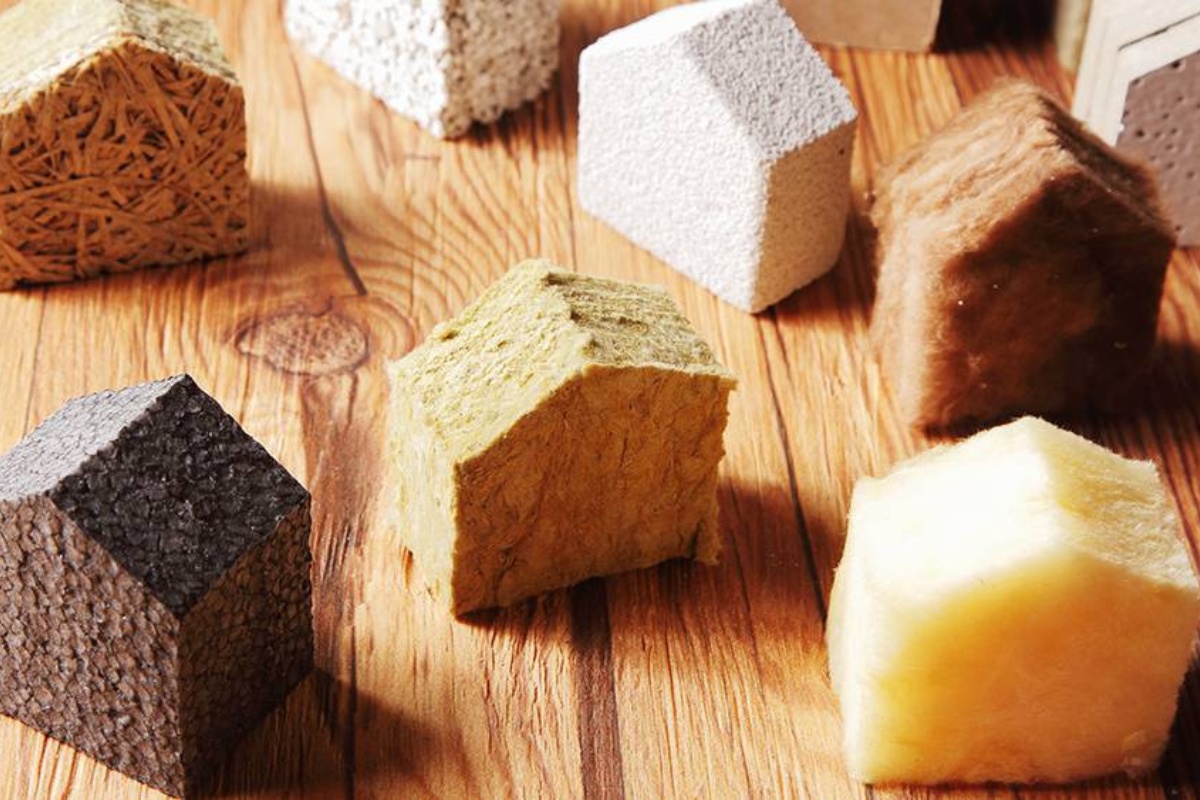
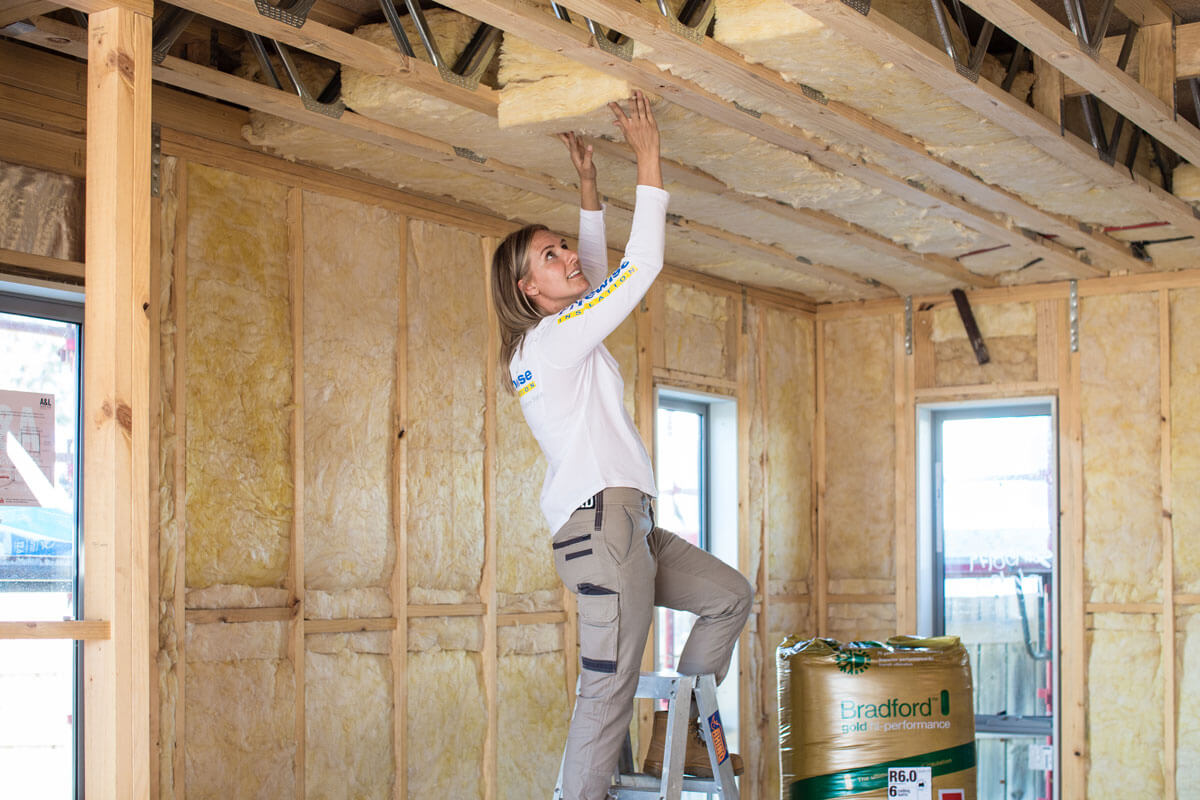
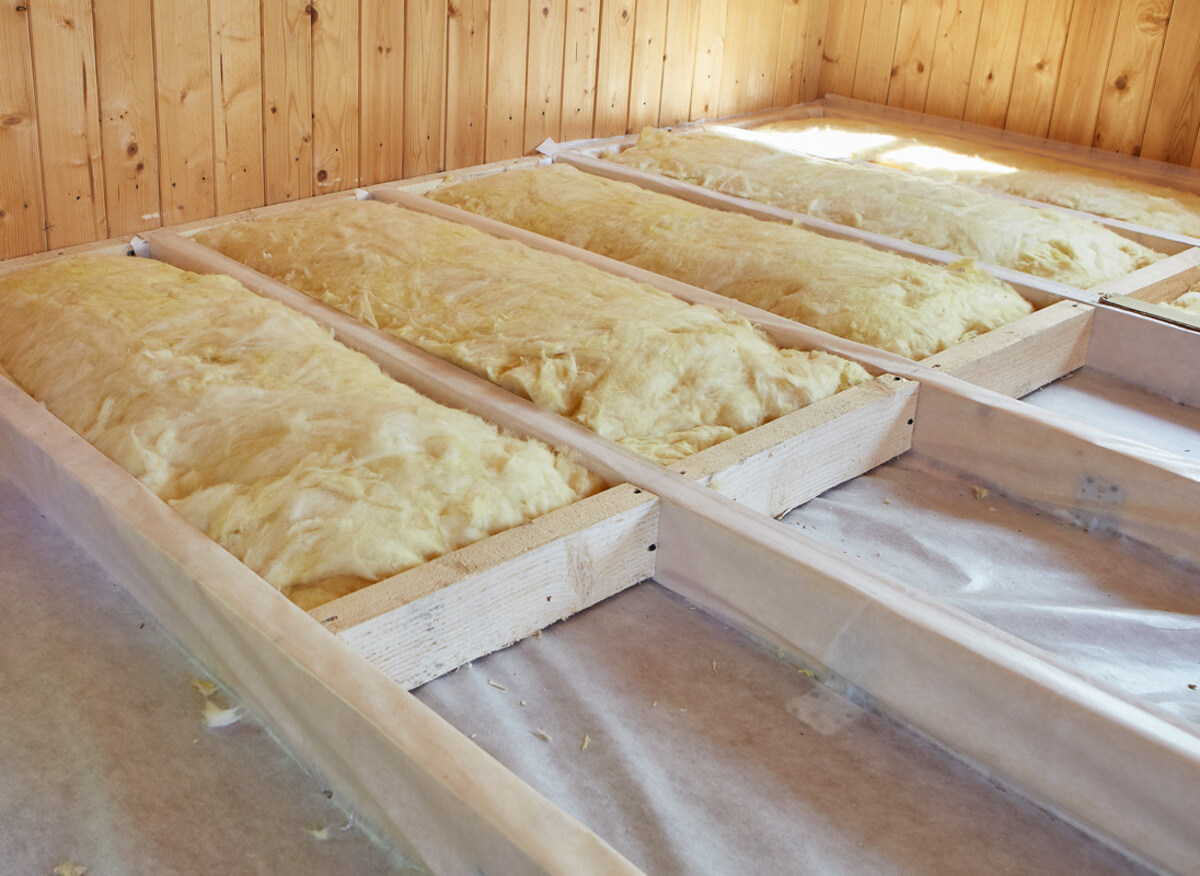
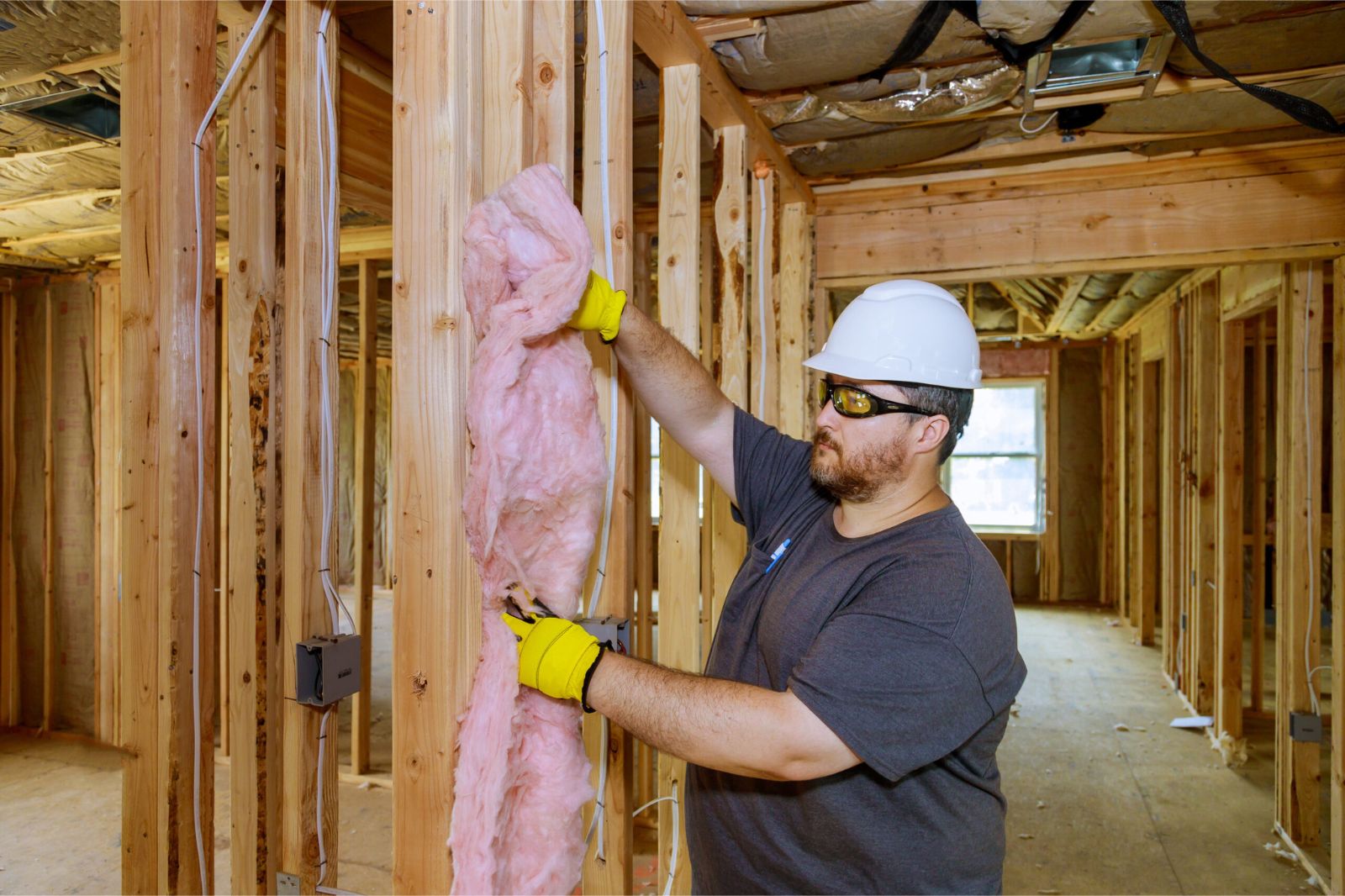
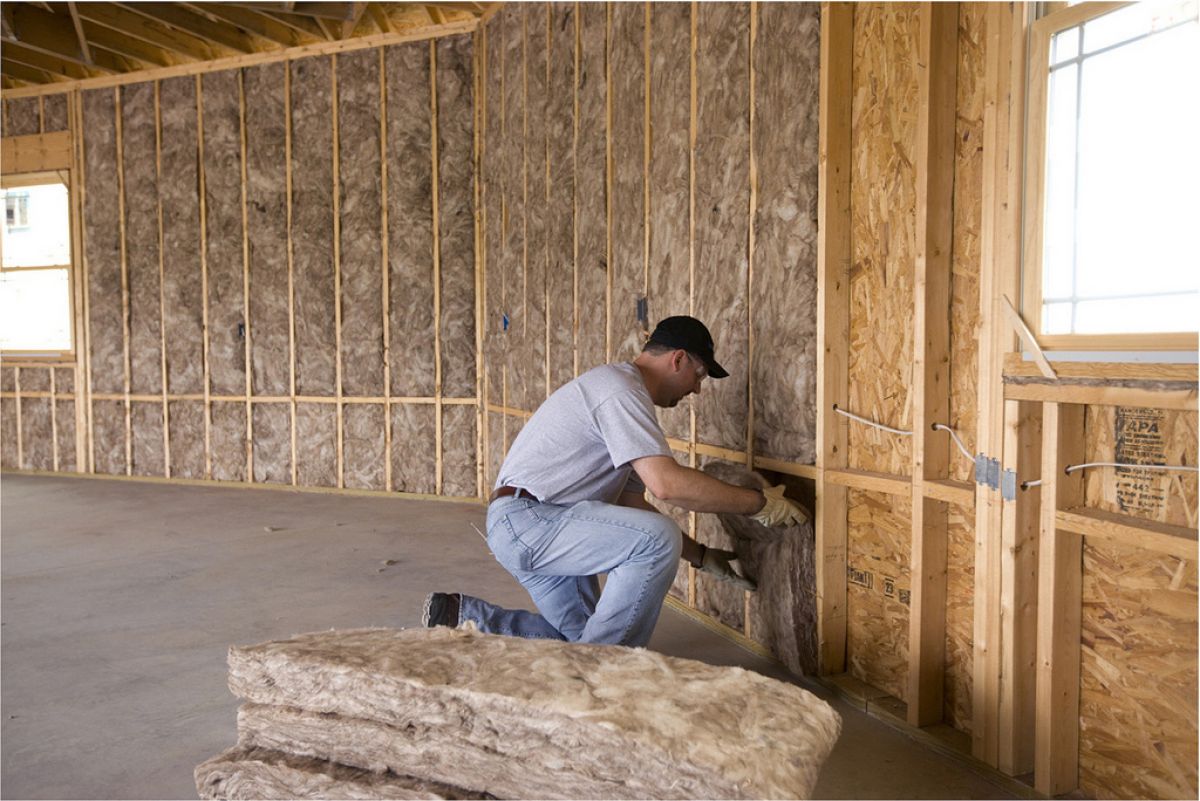
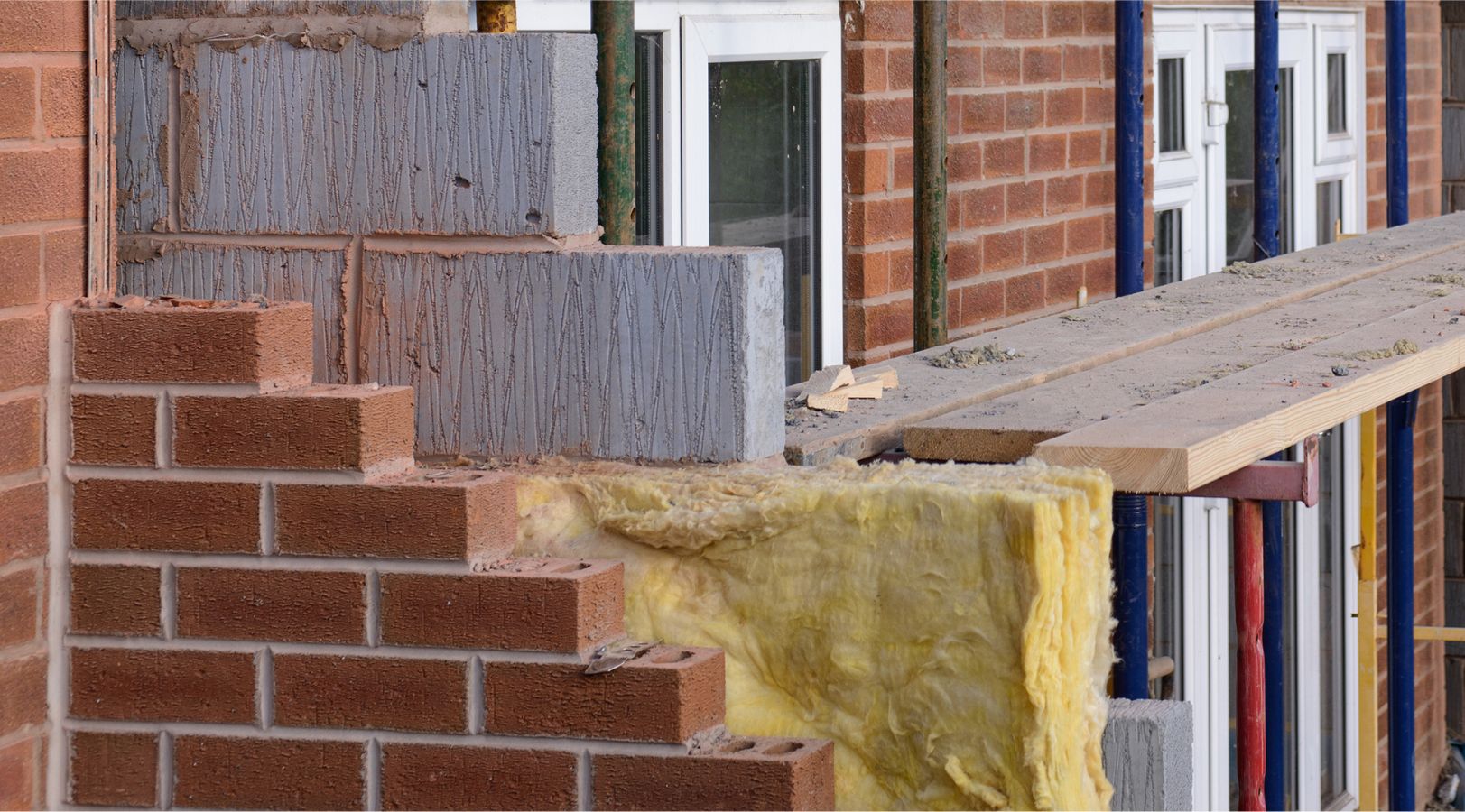
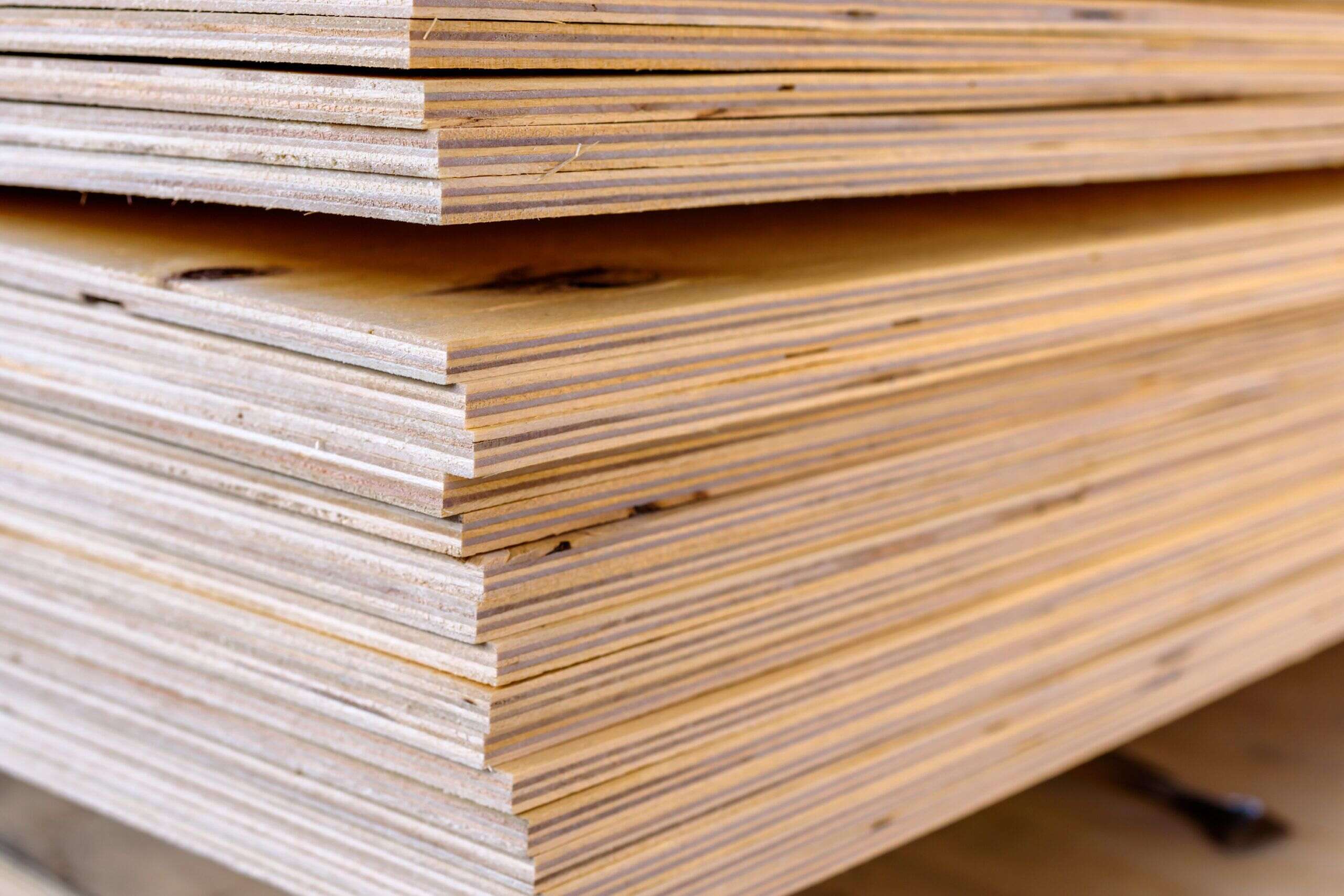
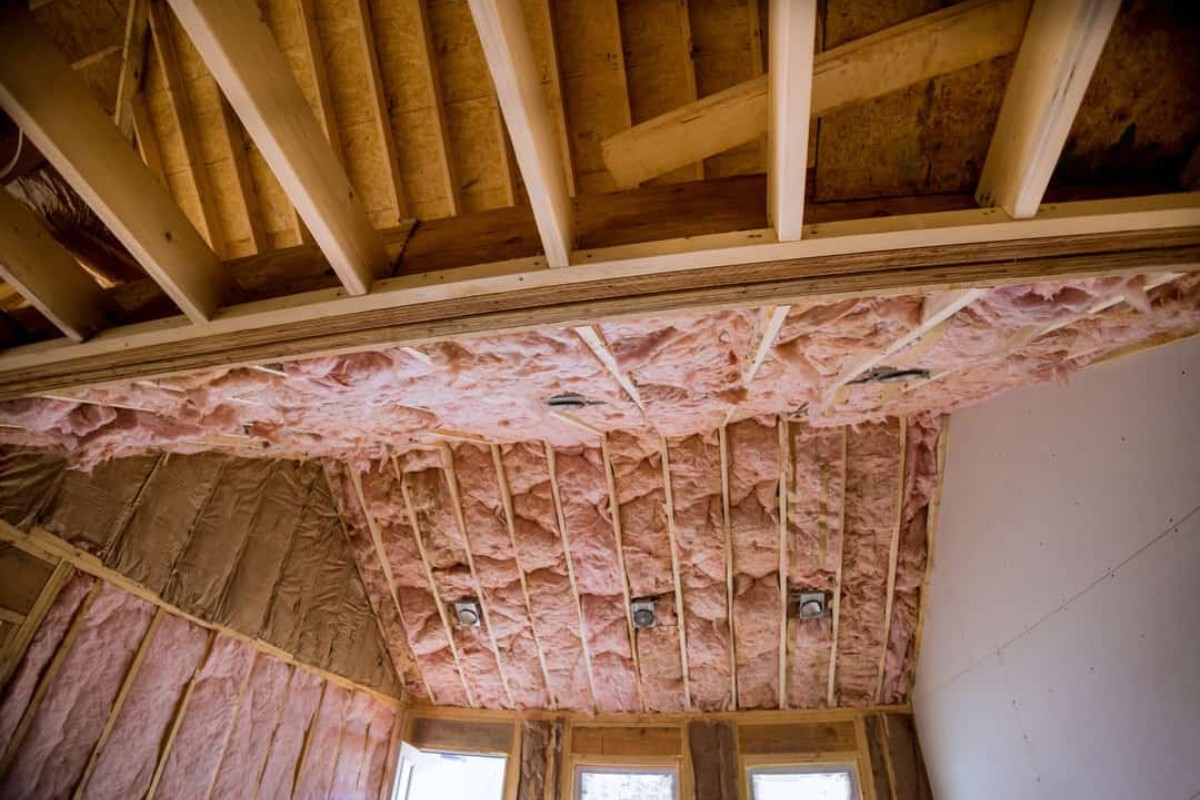
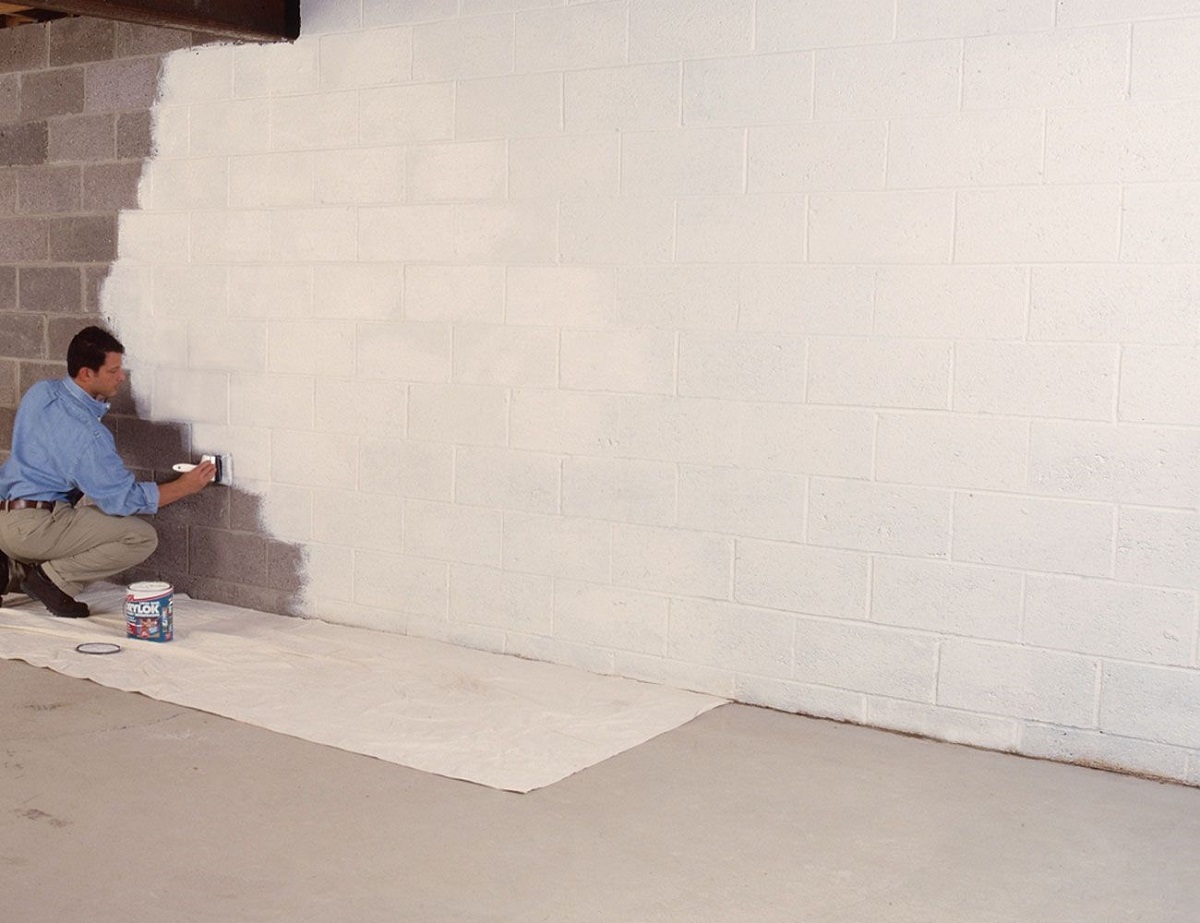
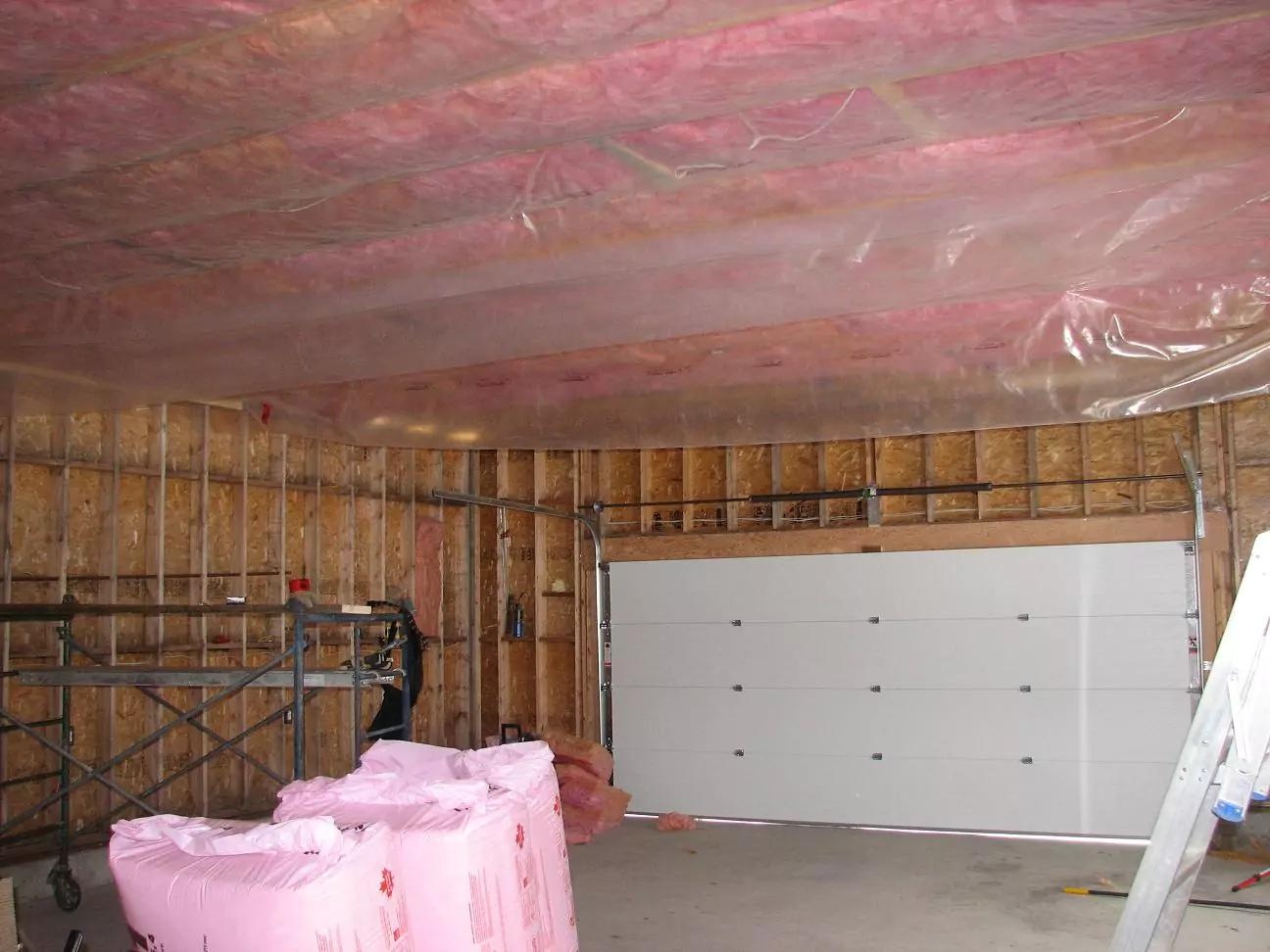
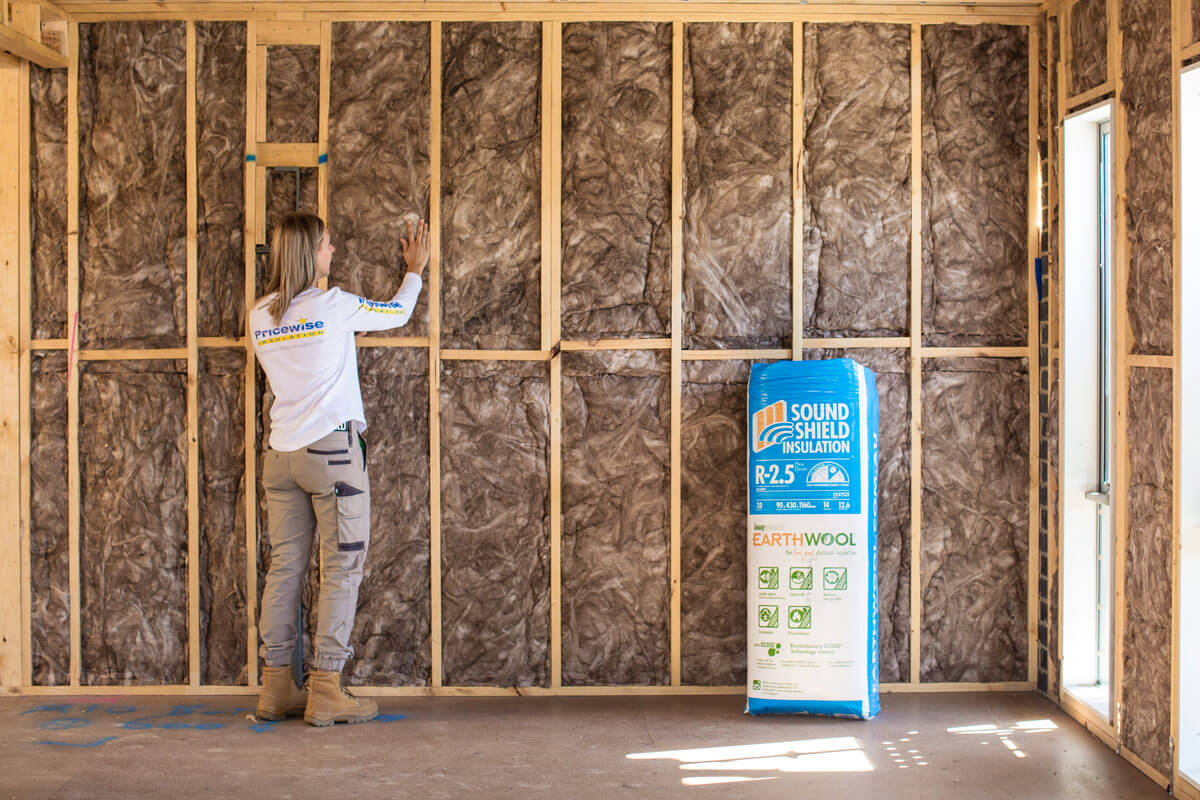
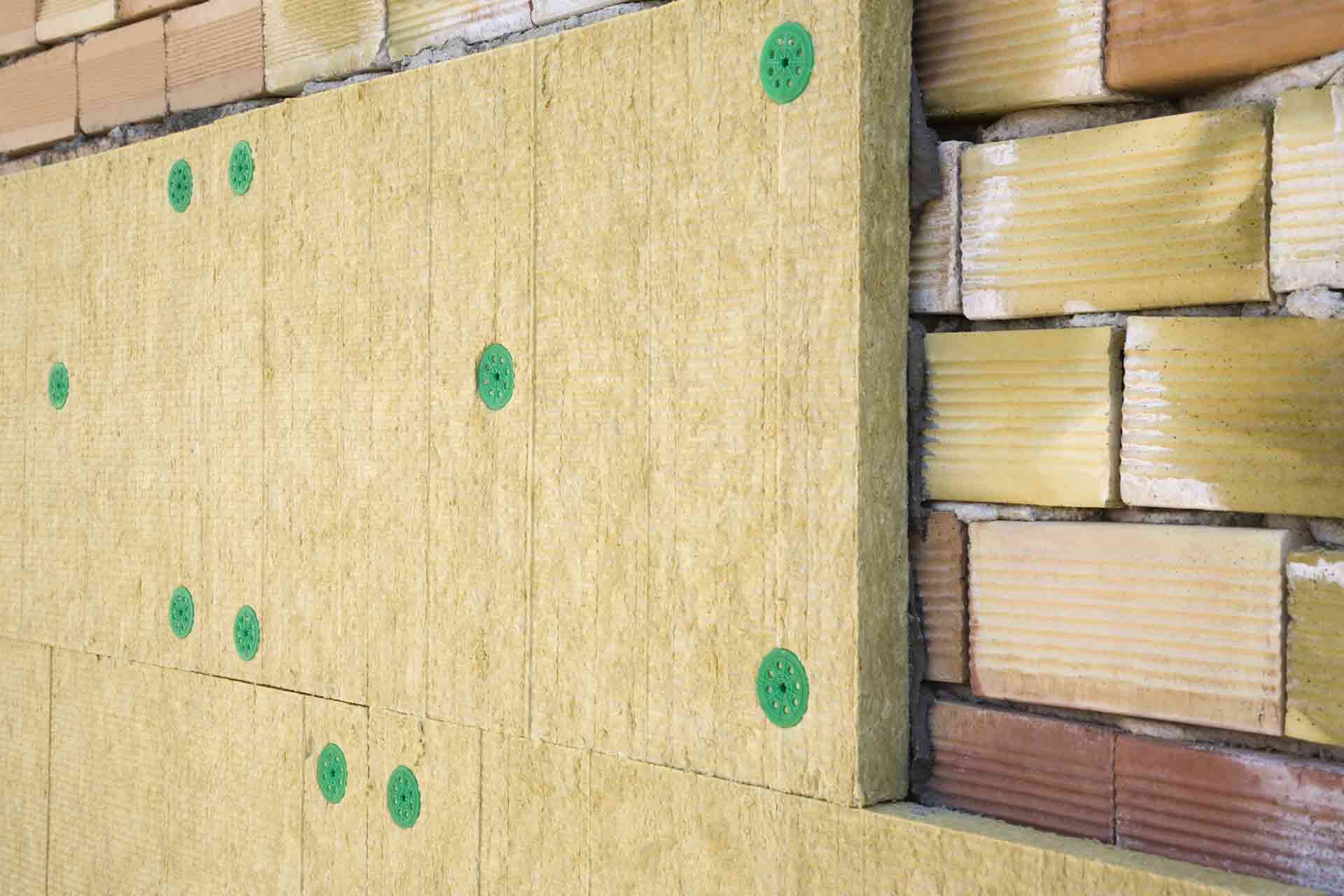
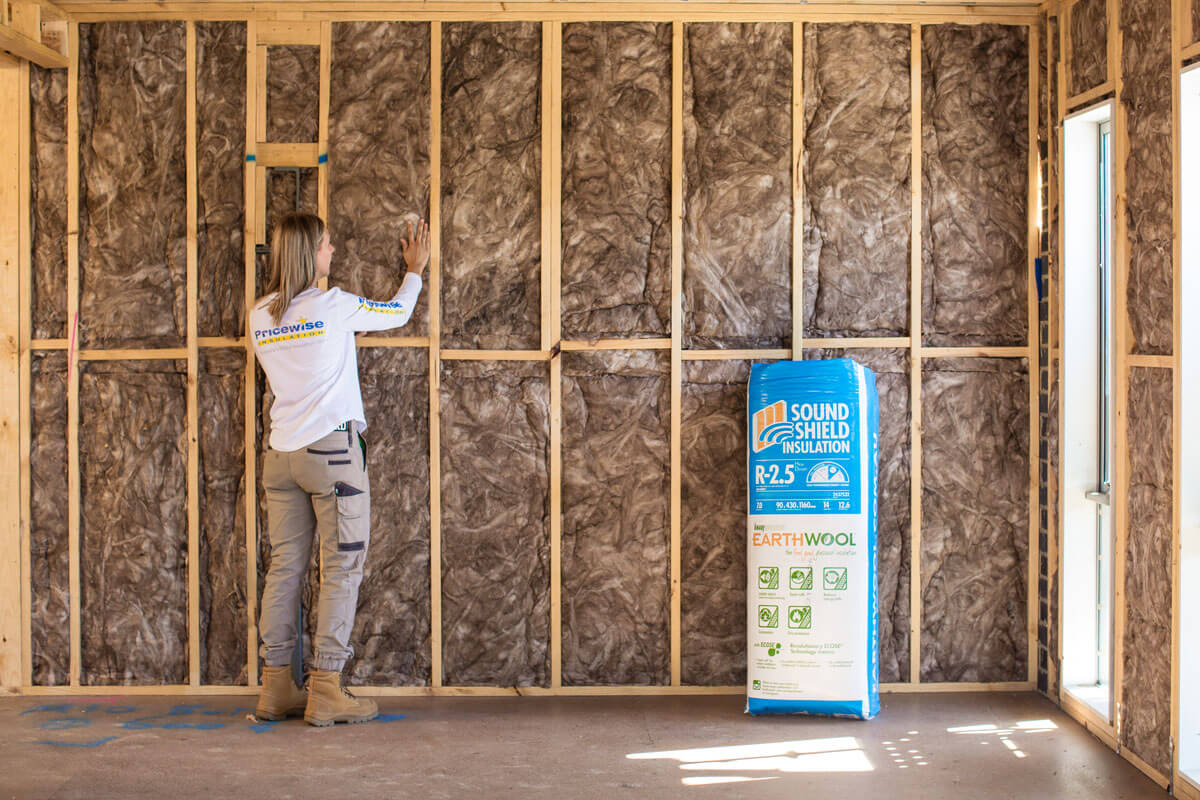

0 thoughts on “What Type Of Insulation For Walls”